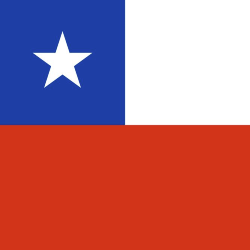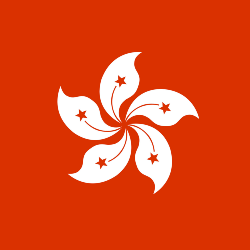The US island that feels like Russia
Unalaska Island in the remote Aleutian archipelago was part of an epic, but now mostly forgotten, military campaign during World War Two.
Situated where the northern Pacific Ocean meets the Bering Sea, the remote US island of Unalaska straddles the liminal zone where North America transitions into Siberia. The island lies further west than Hawaii; its position on the cusp of East Asia makes it one of Alaska's more remote and idiosyncratic communities.
Part of the Aleutian Islands, a 1,100-mile volcanic archipelago that curves in a westward arc to within 600 miles of Russia's Kamchatka Peninsula, Unalaska features one of the harshest environments on the planet outside the polar regions. The windswept coastlines are rugged, often precipitous and almost entirely devoid of trees.
Because of the Aleutians' location in the Pacific Ring of Fire – one of the world's most seismically active areas – earthquakes are ubiquitous, and half of the island chain's 70 volcanoes, including Unalaska's active Makushin volcano, have erupted in the last 250 years. "Cradle of Storms" and "Birthplace of Winds" are two well-deserved nicknames among locals for the Aleutians. Conflicting weather systems generated in neighbouring seas result in cyclonic storms, hurricane-force winds, heavy rain and dense fog that have a considerable impact upon weather across much of Canada and the continental US.
Today roughly 4,200 people call Unalaska home, including fishermen and the Indigenous Unangax̂ people (pronounced Oo-Nung-akhh). Also referred to as the Aleuts, the Unangax̂ have lived in the archipelago and parts of the Alaska Peninsula for at least 9,000 years, creating a subsistence lifestyle that drew upon every resource that the land and sea offered. But over the past several centuries, the Unangax̂ population has plummeted due to disease and the gradual attrition of their culture that came on the heels of colonialism. Today there are around 2,000 Unangax̂ in Alaska and the Aleutian Islands.
Rediscovering America
Rediscovering America is a BBC Travel series that tells the inspiring stories of forgotten, overlooked or misunderstood aspects of the US, flipping the script on familiar history, cultures and communities.
Yet, this wind-battered island has historically been home to another very different group of peoples who also migrated across what is now the Bering Strait: Russians.
After Danish explorer Vitus Bering and his Russian colleague Alexei Chirikov became the first-known Europeans to visit the Aleutian Islands in 1741, waves of Russian fur traders flocked to the archipelago to hunt sea otters and fur seals. After establishing a Russian settlement on Unalaska in 1759, the islands officially became a colony of the Russian Empire in the late 1700s. Today many inhabitants still have Russian surnames. The Russian Orthodox Church followed the fur hunters, building small houses of worship across the islands and converting many Unangax̂ to their faith.
Although the US gained control of the Aleutian Islands when it purchased Alaska from Russia in 1867, the Russian Orthodox legacy has survived. Unalaska's Church of the Holy Ascension is one of a few Russian Orthodox houses of worship that remain. Rebuilt atop its........






















 Toi Staff
Toi Staff Tarik Cyril Amar
Tarik Cyril Amar Jeffrey Bernstein Ph.d
Jeffrey Bernstein Ph.d Gideon Levy
Gideon Levy Sharona Margolin Halickman
Sharona Margolin Halickman Penny S. Tee
Penny S. Tee Andrew Mitrovica
Andrew Mitrovica Tafi Mhaka
Tafi Mhaka Jennifer Gerlach Lcsw
Jennifer Gerlach Lcsw Maximilian Hess
Maximilian Hess
